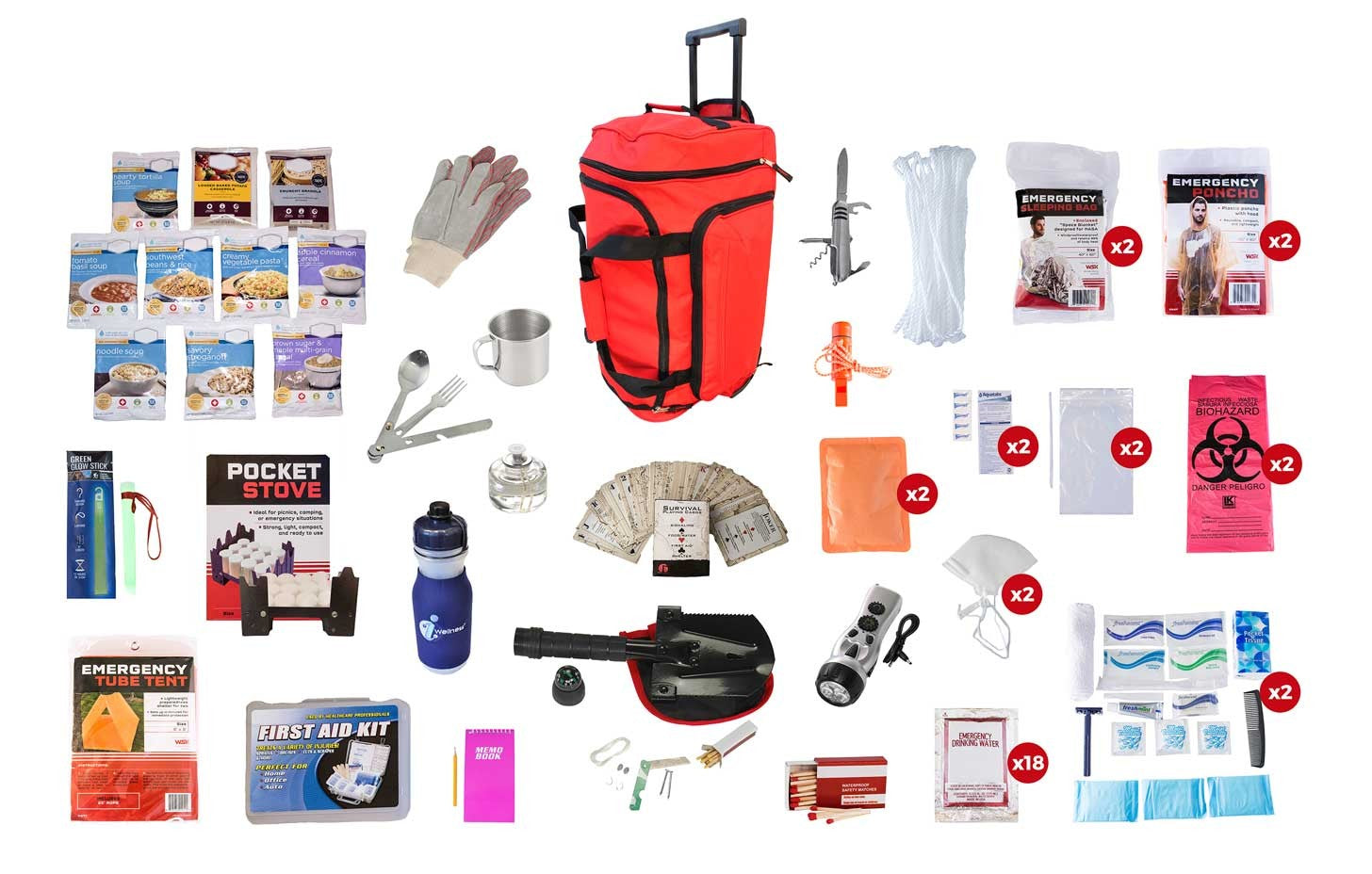Plan for the Unanticipated: Emergency Preparedness Facilitated
Wiki Article
Exactly How to Develop a Comprehensive Emergency Preparedness Plan
In the world of preparedness, developing a comprehensive emergency plan is not simply a task to inspect off a list; it is a vital cornerstone of any company or individual's durability technique. By carefully crafting a strategy that addresses different aspects of emergency monitoring, consisting of danger analysis, communication procedures, resource appropriation, and calculated decision-making, one can lay a strong foundation for safeguarding properties, procedures, and lives.Relevance of Emergency Preparedness
Emergency situation readiness is critical for minimizing prospective risks and guaranteeing the security of individuals and areas. In today's world, where natural disasters, public wellness crises, and other emergency situations can strike without caution, being prepared can make a significant difference in reducing the impact of these occasions. By having a well-balanced emergency situation preparedness plan in location, people and companies can react efficiently, secure lives, and reduce residential or commercial property damage.One of the key reasons emergency situation preparedness is crucial is its duty in saving lives. Having a strategy that describes clear procedures for emergency, evacuation, and communication feedback can aid people act quickly and decisively when emergencies happen (look here). This can protect against injuries and casualties by making certain that individuals know what steps to take to remain safe
Additionally, emergency situation readiness enhances the strength of neighborhoods. By fostering a society of preparedness and planning for different scenarios, communities can jump back faster from disruptions and catastrophes. This resilience is essential for maintaining security, connection of procedures, and overall health when faced with adversity.
Assessing Potential Threats
Taking into consideration the value of being gotten ready for unanticipated events, the preliminary action in creating a reliable emergency preparedness plan includes thoroughly examining and evaluating potential threats. This evaluation needs an extensive evaluation of all feasible risks that might affect the organization, considering variables such as area, sector, and historical information on cases. By identifying these threats, organizations can prioritize their preparedness efforts and allot sources successfully to mitigate the most substantial hazards.Common risks that organizations might deal with consist of natural disasters like floodings, quakes, or cyclones, technical hazards such as power interruptions or data breaches, as well as human-caused dangers like mishaps or willful acts of violence. Carrying out a danger analysis also includes considering the potential influence of these occasions on the company's procedures, employees, consumers, and reputation. By performing an extensive threat assessment, companies can establish customized emergency situation reaction strategies that resolve their particular vulnerabilities and make sure effective preparedness for any type of prospective dilemma.
Developing an Interaction Plan
Developing a clear and thorough interaction plan is necessary for reliable emergency situation readiness within companies. In times of crisis, communication plays a vital function in making certain the safety and well-being of employees, stakeholders, and the community. A well-thought-out communication strategy must describe clear lines of communication, assign key employees responsible for communication jobs, and establish protocols for disseminating info quickly and properly.One key element of creating an interaction plan is determining main and alternating interaction channels (EMERGENCY PREPAREDNESS). These can include email, message messaging, phone trees, social networks platforms, and public address systems. It is vital to guarantee that these channels are trusted, available, and consistently tested to ensure their performance throughout emergency situations

Building an Emergency Situation Set
Provided the essential importance of preparedness in times of situation, a key part that companies must address is the facility of an emergency kit. When assembling an emergency set, it is essential to think about the certain needs and situations of the company. Furthermore, organizations must include vital records, such as get in touch with lists, insurance policy info, and emergency action plans, in water resistant containers within the set.Developing Evacuation Treatments
To ensure the safety and organized emptying of personnel throughout emergencies, companies have to establish efficient and clear evacuation procedures. Discharge treatments ought to encompass a variety of prospective circumstances, consisting of fires, all-natural calamities, or other emergency situations that need swift discharge.
Furthermore, companies need to develop a system for accounting for all employees during a discharge to make sure that everyone has safely left the premises. Communication plays an essential duty in discharge procedures, with clear instructions on just how to evacuate and when to do so. Regular evaluation and upgrading of emptying procedures based on comments and transforming circumstances are vital to preserving the efficiency of the plan.
Conclusion
Finally, developing a detailed emergency situation preparedness strategy is essential for ensuring the security and well-being of individuals in the event of a disaster (EMERGENCY PREPAREDNESS). By analyzing possible dangers, developing a communication plan, constructing an emergency package, and establishing emptying treatments, companies and people can be much better geared up to react properly to emergencies. It is necessary to prioritize preparedness efforts to reduce the impact of disasters and shield lives and buildingIn the world of readiness, creating a detailed emergency strategy is not merely a job to check off a checklist; it is a vital cornerstone of any type of organization or person's resilience approach. When emergencies happen, having a strategy that outlines clear treatments for emergency, communication, and evacuation action can assist people act quickly and emphatically. click for more info. By conducting a thorough danger analysis, companies can develop customized emergency feedback strategies that resolve their details vulnerabilities and guarantee reliable preparedness for any kind of prospective situation
Creating a thorough and clear interaction plan is crucial for efficient emergency readiness within organizations. By examining potential risks, producing an interaction plan, building an emergency situation package, and developing discharge companies, individuals and procedures can be better geared up to react effectively to emergency situations.
Report this wiki page